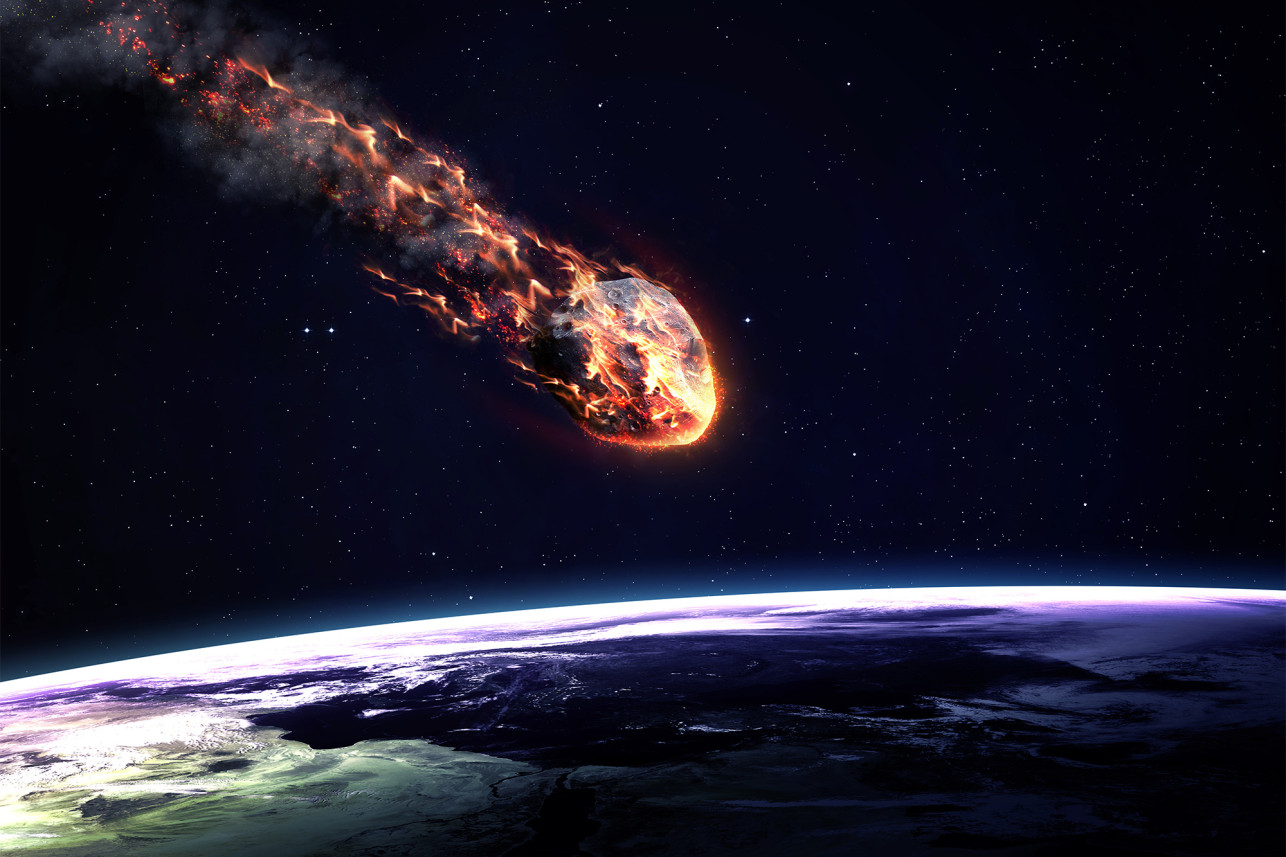Scientists Want to Pull Asteroids Into Earth’s Orbit – A Good Idea or the Beginning of the End?

It sounds like a scenario of an apocalyptic movie, right? An asteroid ready to collide with Earth isn’t something we should be excited about, but scientists want to make this happen.
Why would you intentionally rash a space rock into Earth? To mine it, of course!
Asteroid Mining – Aerobraking
Asteroids are filled with important resources like precious metals, but they can also tell us if they contain alien life or where they come from. Researchers from the University of Glasgow wrote a study explaining how they can pull this insane scenario, but they explain it’s not going to doom us all.
They will use a maneuver called aerobraking, just like the Mars Reconnaissance Orbiter did when it needed to change their orbit by using the planet’s atmosphere to pull them down for landing, and then gravity helped it finally approach the surface.
This process will help scientists drag asteroids from space into Earth’s orbit, slow them down to remain there for future mining, write the study published in the journal Science. The important resources can be sent to the International Space Station so supply next missions. Water found on those asteroids can be used as fuel after it will be split into hydrogen and oxygen.
Why Shouldn’t We Worry?
The team of researchers explained that they would only target asteroids smaller than 90 feet in diameter because the larger ones are difficult to stop from hitting our planet. These smaller asteroids, if they cannot be prevented from entering our planet’s atmosphere won’t do any harm because they will burn up until they reach the surface.
They also agreed that asteroids made from dense materials like iron would need extra care, as they won’t entirely decompose until reaching the surface of the planet.
However, the entire mission would take place far from Earth, will involve uncrewed spacecraft that will deviate the asteroid to place it towards our planet’s orbit. That spacecraft will stay close by and correct the rock’s course if needed.
The team also found a great test subject: the asteroid 2005 VL1, which is the right size and travels at a perfect speed for redirection. It now remains to see if any space agency wants to take up the task.
0 comments